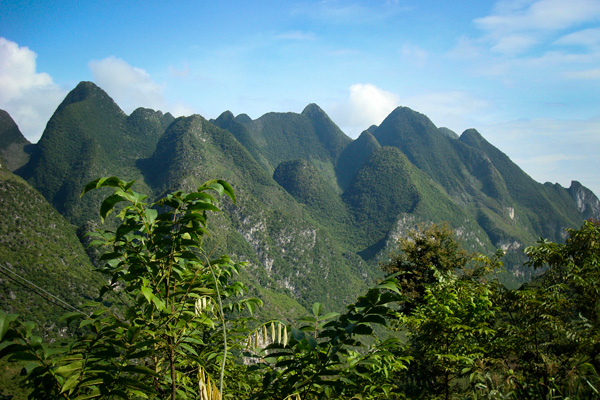Algae and bacteria hogged oxygen after ancient mass extinction, slowing recovery of marine life: Stanford researchers
After the biggest mass extinction in Earth’s history – 250 million years ago – algae and bacteria in the ocean rebounded so fast that they consumed virtually all the oxygen in the sea, slowing the recovery of the rest of marine animals for several million years. 
BY LOUIS BERGERON
March 24, 2011 A mass extinction is hard enough for Earth’s biosphere to handle, but when you chase it with prolonged oxygen deprivation, the biota ends up with a hangover that can last millions of years. Such was the situation with the greatest mass extinction in Earth’s history 250 million years ago, when 90 percent of all marine animal species were wiped out, along with a huge proportion of plant, animal and insect species on land. A massive amount of volcanism in Siberia is widely credited with driving the disaster, but even after the immense outpourings of lava and toxic gases tapered off, oxygen levels in the oceans, which had been depleted, remained low for about 5 million years, slowing life’s recovery there to an unusual degree. The reason for the lingering low oxygen levels has puzzled scientists, but now Stanford researchers have figured out what probably happened. By analyzing the chemical composition of some then-underwater limestone beds deposited over the course of the recovery in what is now southern China, they have determined that while it took several million years for most ecosystems in the ocean to recover, tiny single-celled algae and bacteria bounced back much more quickly.In fact, according to biogeochemist Katja Meyer, the tiny organisms rebounded to such an extent that the bigger life forms couldn’t catch a break – much less their breath – because the little ones were enjoying a sustained population explosion. As the vast hordes of tiny dead organisms rotted, dissolved oxygen in the seawater was consumed by aerobic microbes involved in the decay process, leaving scant oxygen for larger organisms in what became an oxygen-depleted, or anoxic, environment. The driver of the ongoing population boom appears to have been the massive amounts of carbon dioxide pumped into the atmosphere during the volcanism, Meyer said, which caused the world to warm. “More warmth means an invigorated hydrological cycle, so you get more rain and this rain is also more acidic because there is more carbon dioxide dissolved in the rain,” Meyer said. The increased amounts of more acidic rain increased weathering of the land surface, which sent more nutrients into the ocean, which fueled explosions of life such as algae blooms. “It is kind of counterintuitive that high productivity on the part of algae and bacteria would likely be generating these toxic geochemical conditions that prevent most of animal life from recovering from mass extinction,” Meyer said. But the process, she said, is basically the same as when excess runoff from fertilizers goes into a body of water, whether it’s a pond on a golf course or the infamous dead zone in the Gulf of Mexico created by farm runoff carried down the Mississippi River. “You get this giant bloom of algae and then it starts to smell bad as that algae decays, pulling oxygen out of the water and causing fish die-offs,” Meyer said. …
Des/Jim…do you think this is the missing explanation for the global mass deaths of fish and aquatic mammals?
I don't think we need an explanation for the rapid extinction of ocean species — instead, this is an explanation for why it took millions of years for ocean biodiversity to recover from the end-Permian extinction.